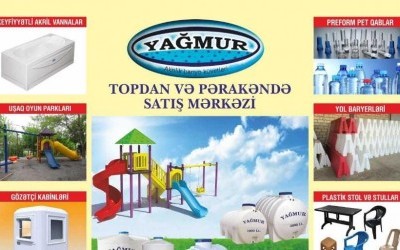Manufacturing plastic furniture
Manufacturing plastic furniture is the process of creating furniture pieces from plastic materials known for their lightweight, durability, and resistance to atmospheric conditions. Here are the key stages of this process:
-
Design and Planning: The process begins with designing the furniture piece and its planning. This involves determining the dimensions, shape, style, and functional characteristics of the future furniture.
-
Material Selection: Various types of plastics, including polypropylene, polyethylene, PVC, and others, are used to create plastic furniture. The choice of material depends on the required characteristics, such as strength, resistance to UV radiation, and color options.
-
Molding or Casting: The plastic mixture is heated and shaped using molds or casting into specific forms, creating the basis for furniture components.
-
Final Processing: After the components are formed, they undergo final processing, including trimming excess material and polishing to achieve a smooth and glossy surface.
-
Assembly and Fastening: Furniture components are assembled into a single unit. This includes attaching legs, backs, and other elements.
-
Testing and Quality Control: The finished furniture undergoes testing and quality control to ensure it meets standards and safety requirements.
Plastic furniture is often used in gardens, on balconies, in cafes, restaurants, and other places due to its lightweight nature, resistance to weather conditions, and a variety of color options. This manufacturing process requires specialized knowledge and equipment to create comfortable and stylish plastic furniture.

